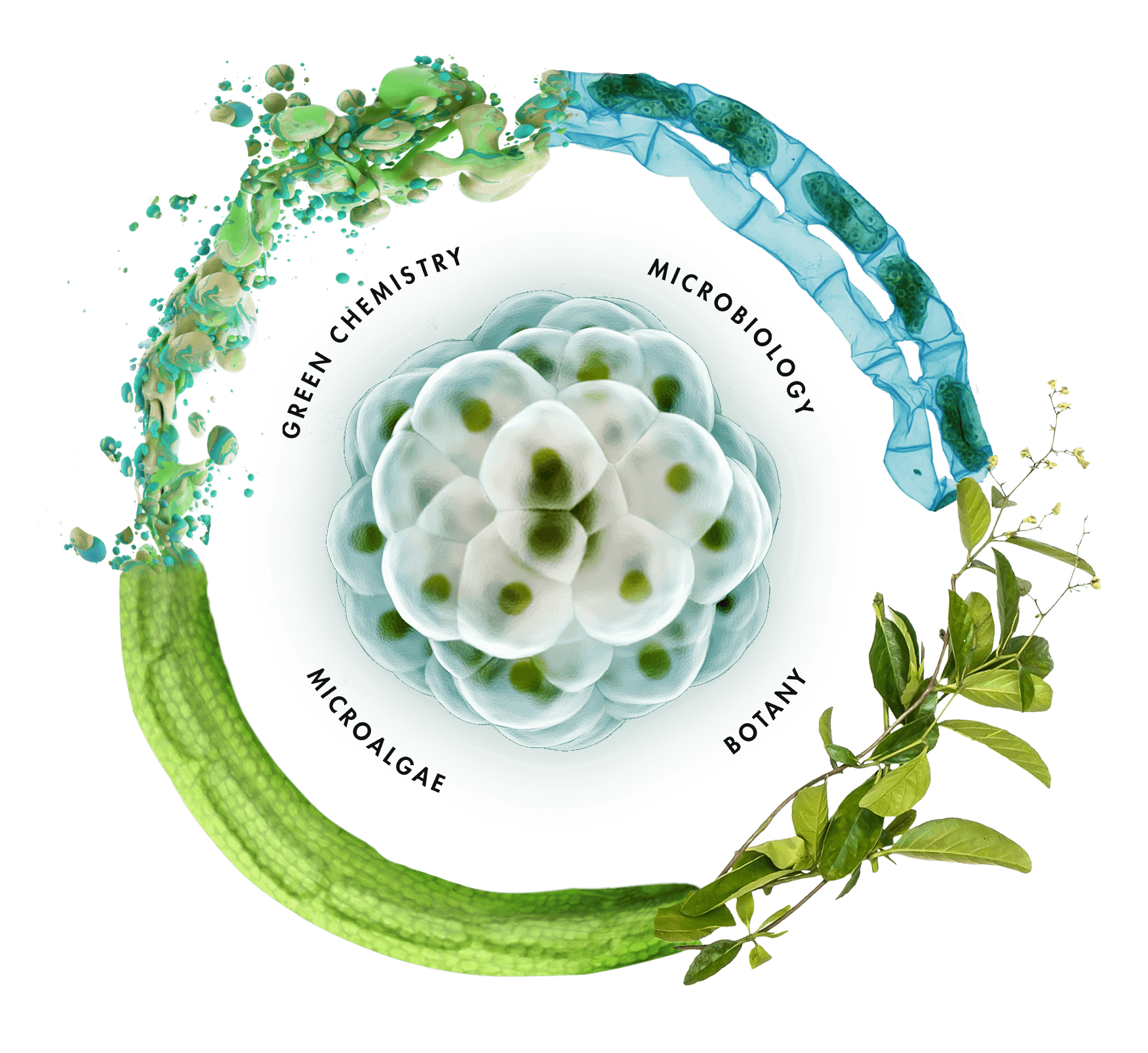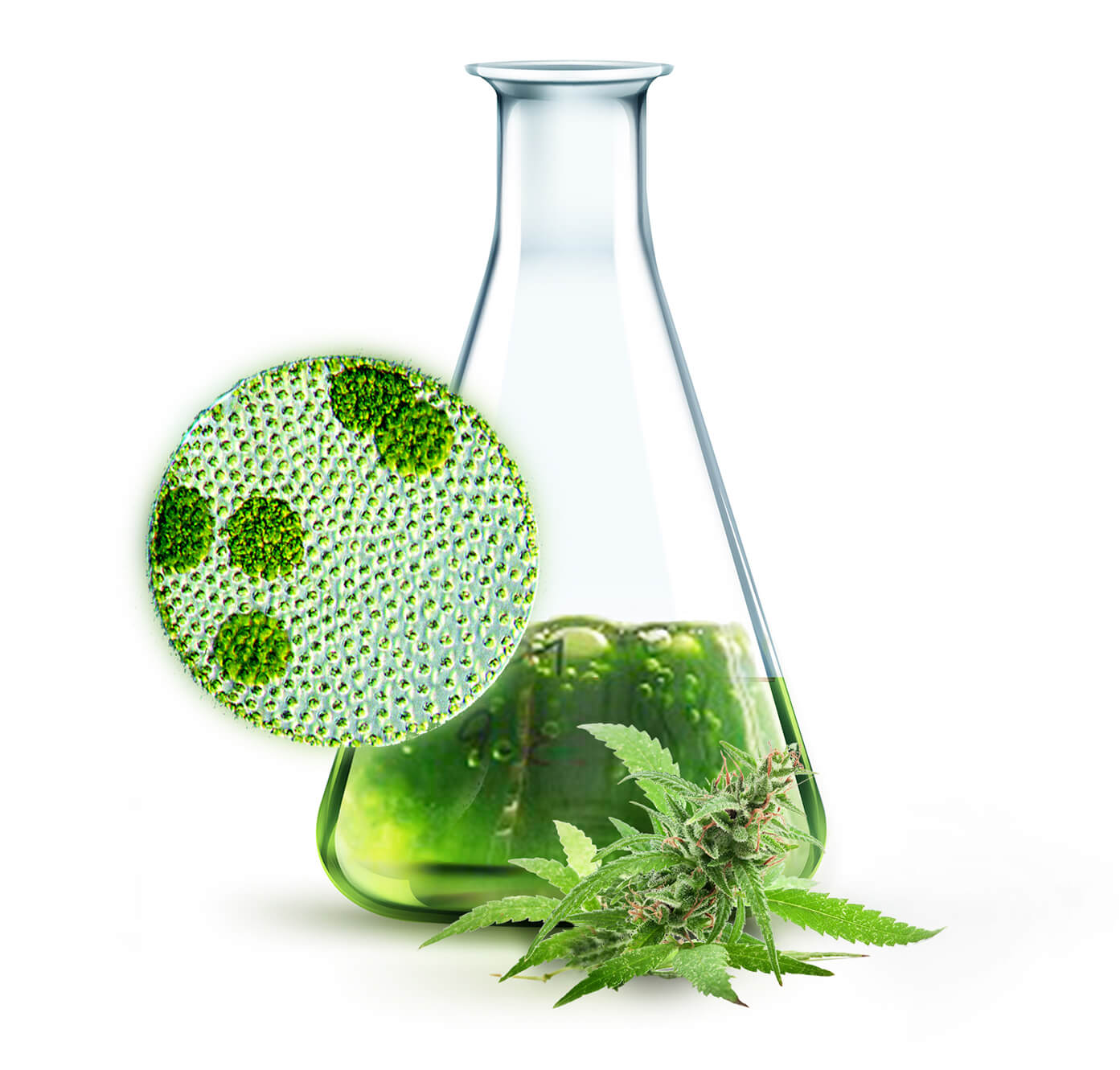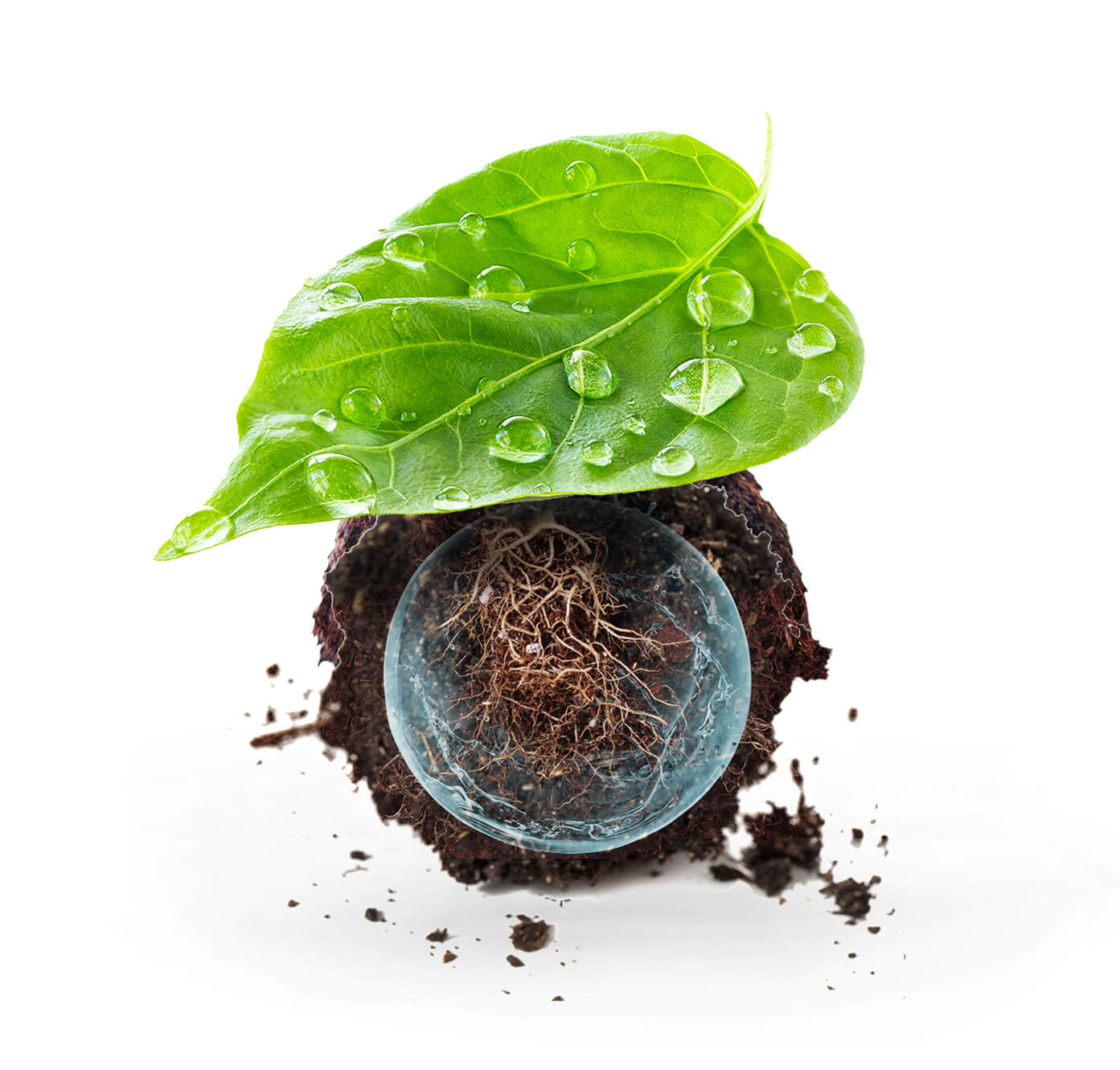
4Health: Synergy of 4 Sources of Natural Raw Material
Botany, Microbiology, Microalgae and Green Chemistry
The Synergy of 4 Sources of Natural Raw Material
Our products are the result of the synergies between 4 natural areas. We turn to nature to select the raw materials that best respond to the needs we cover with our group of companies.
The 4Health technology optimizes the value that we obtain from each of the areas by enhancing their effectiveness and thus increasing their efficacy. This efficacy represents an added value, which compared to the competition, offers natural solutions and an alternative to the productivity achieved with chemical residues.
We love listening to nature. We want to recover the balance that has been lost by the use of synthetic chemistry, which has harmed the environment, soils, crops, and consumer health.
A more sustainable and balanced environment guarantees the availability of natural resources and their renewal.


Botany
We have a unique view of botany in the sector. Our focus is to get highly efficient and homogenous alternatives to chemicals while minimizing the variation in the level of response of our products. The key to success is the methodology employed in the selection of raw materials, their traceability, extraction, and combination to find synergies with other natural areas.
-
More Information
Selected Plant Parts: a greater concentration of active compounds.
Processing of Plant Material for Extraction.
Specific Extraction Process: Based on plant material and compounds of interest.
Solvents Water, Ethanol, CO2, Ethyl Acetate, etc.Methods: Soxhlet, steam distillation, maceration, ultrasound, supercritical fluids.
Optimization and Scaling Extraction System
Fractionation
Directed bioassay: screening of active fractions.
Isolation of natural bioactive compoundsTrials
Toxicological testing
Phytotoxicity tests.
Impact on auxiliary microorganisms.
Microbiology
Our main objective is to maximize the concentration of microorganisms which we achieve by conducting guided fermentations, allowing us to obtain probiotics, prebiotics, and secondary metabolites with various beneficial effects for crops, animals, and humans.
-
More Information
Selected Microorganisms: based on their ability to produce compounds of interest.
Specific Fermentation Media: based on the microorganisms and compounds of interest.
Fermentation Technology
High Concentration of Beneficial Microorganisms: Azospirillum, Pseudomonas, Bacillus, Trichoderma, to name a few.
Guided fermentation to obtain compounds of interest: selected growth medium; Selected microorganisms: able to synthesize a high concentration of compounds of interest; Nano-filtration to eliminate the microorganism.
Guided Fermentation to Obtain Secondary Metabolites: selection of culture medium; Selected microorganisms able to synthesize a high concentration of compounds of interest; Nano-filtration to eliminate the microorganism.
Scalable Fermentation System
Separation and Purification Process: based on the compounds of interest.
Solvents: water (direct use), Ethyl acetate (organic fractions)
Methods: liquid-liquid extraction, preparative chromatography.
Optimization and Scaling


Microalgae
Our perspective on microalgae is also unique; we are pioneers in using them as an ingredient in products. As in microbiology, we identify microalgae and cyanobacteria as potential producers of molecules of interest. They are an active source of natural phytohormones, which have stimulating effects on crops and contribute to the resistance against biotic or abiotic stress. By using them as ingredients, we also consider their protective effects for use in the manufacturing of biopesticides. We treat them as microorganisms, seeking to optimize their beneficial properties by guiding their fermentation and potentiating them through synergies with the other 3 natural areas.
-
More Information
Identification of New Strains with Biopesticidal, Biostimulant or Symbiotic Activities.
Collection of Own Crops.
Specific Fermentation Media: based on microorganisms and compounds of interest and optimization of growth conditions.
Inoculation: obtaining starters for large scale.
Tests: small samples of biomass and identification of its components.
Green Chemistry
We are all chemistry. We understand chemistry as a natural technology that enhances the formulations we produce, through the synergies of the previous 3 natural areas, to obtain greater efficacy in the treatment of plants, animals, and humans. Our objective is to promote the effects of a solution naturally, without modifications caused by synthetic chemistry.
-
More Information
Foliar Applications
Organic Adjuvants: Absorption – surfactants / Adsorption – adherents
Selection: based on Specific culture, knowledge of leaf structure, the life cycle of the target pest: eggs, larvae, adults, fungal spores, bacteria.
Results: spreading of the drop and the penetration of active ingredients.
Root Applications: Organic adjuvants / Spreader / Wetting agent
Results: improved penetration of active ingredients, lateral movement, and uniform moisture.
Natural Ingredients to Stimulate Plant Physiology in Specific Phases of Crop Cycles: rooting compounds, hardening compounds, and improved penetration in the leaves.

